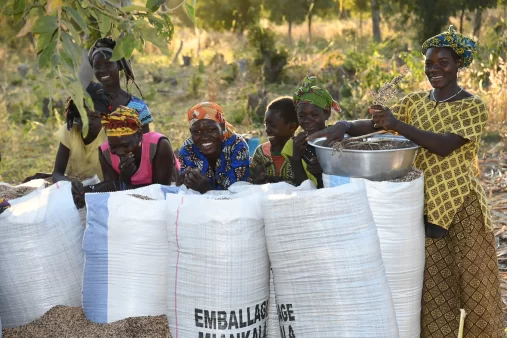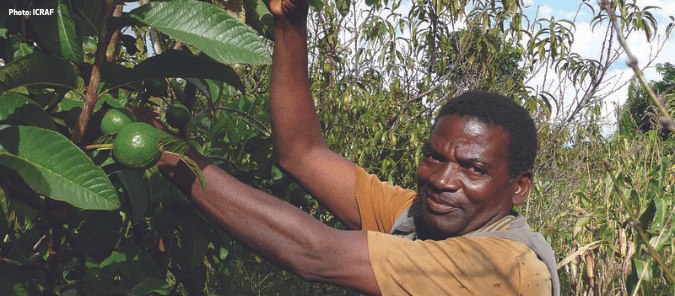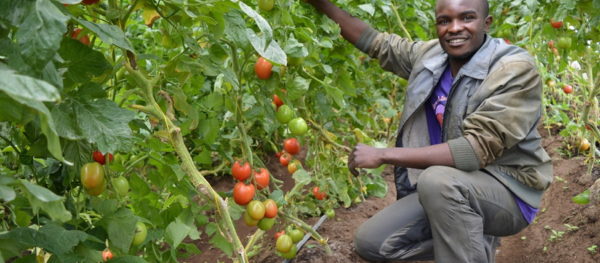Tag: health

Harnessing the Power of Millets for Health and Livelihoods
Global: Millets are a healthy food option with untapped essential nutrients that can aid in managing lifestyle diseases, particularly diabetes.
Read MoreFruit Trees in East African for Nutrition and Resilience
Africa & Middle East: Fruit trees can help low-resource communities improve nutrition and climate resilience.
Read MoreUnleashing Innovation For East Africa’s Millennial Farmers
Africa & Middle East: Awino Nyamolo from TechnoServe tells Farming First about how to harness the power of young people for Africa's food future.
Read MoreEsin Mete: Fertilizing Crops to Improve Human Health
Global: Below is an excerpt from an article by Ms Esin Mete, President of the International Fertilizer Industry Association (IFA), which discusses the potential of fertilizers biofortified with key micronutrients, such as zinc, iodine and selenium to improve crop yields and resilience, while also making these micronutrients more available to humans when we eat them. Read […]
Read More



